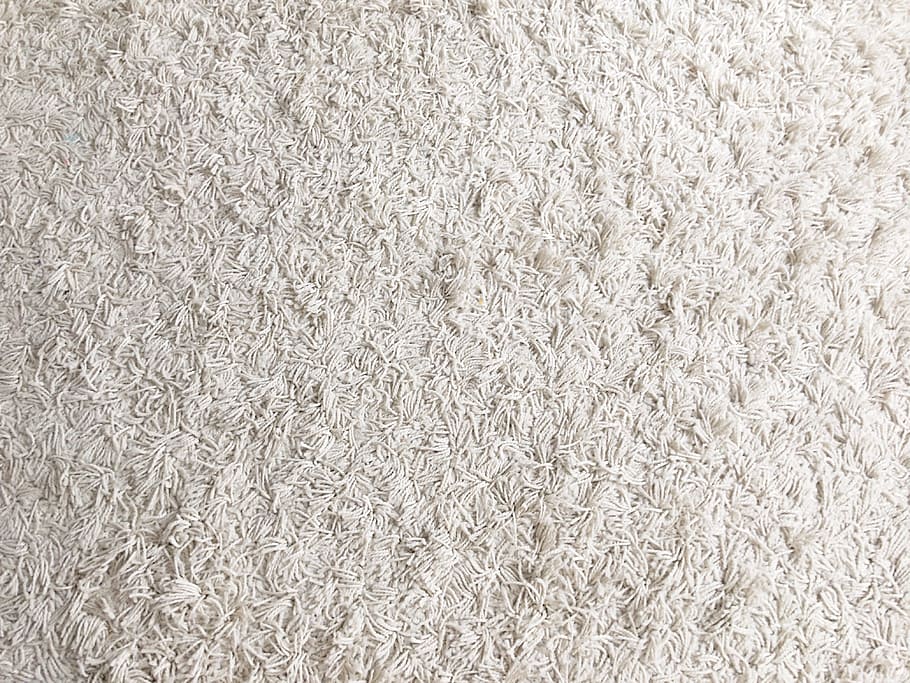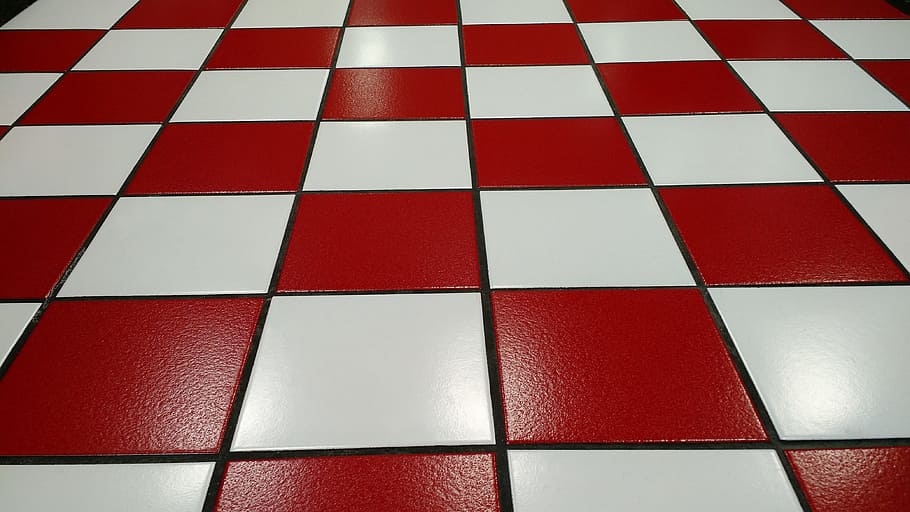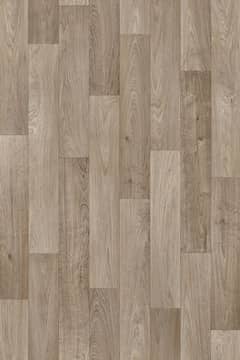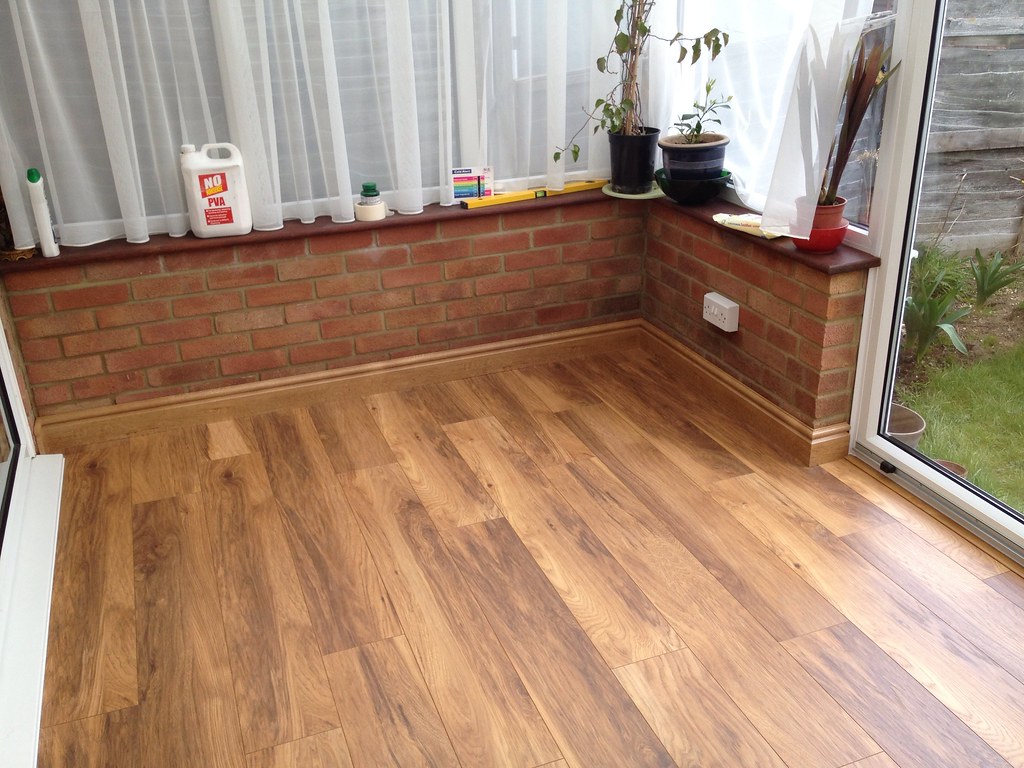When it comes to building a new home or remodeling an existing one, there are a number of factors that come into play when deciding when and where to install the flooring.
From choosing the best time in terms of construction schedule to selecting the most durable materials for your climate, understanding how and when to install flooring is critical for ensuring a successful project.
In this expert guide, we’ll discuss the ideal timeline for installing flooring, and outline the various types of materials that can be used for flooring in your new construction.
We’ll also review some tips for getting the most out of your investment when it comes to selecting flooring materials.
Brief overview of the importance of timing in flooring installation
The timing of your flooring installation is essential, as it will dictate how the rest of the build will proceed. Ideally, you should install any flooring before any other work begins, such as a drywall, painting, or trim installation.
This allows for the correct measurements and cutting to be done without having to worry about damaging other parts of the construction in the process.
It’s also important to consider the climate and conditions of your specific area when selecting flooring materials. Selecting the right material type can save you money and time in the long run, as it will be more resistant to wear and tear from extreme temperature changes or high levels of humidity.
Importance of flooring in new construction
Not only does the type of flooring you use in your new construction have an impact on its overall look and feel, but it can also improve indoor air quality.
Many flooring materials are made from natural elements or non-toxic compounds that do not give off gases that may be harmful to respiratory health.
Additionally, certain types of flooring can help reduce noise transmission between rooms or floors, making them ideal for those living in an apartment complex.
Moreover, flooring can also add to the value of your home and its overall aesthetic appeal. When selecting materials, it’s important to consider both the cost-effectiveness as well as any long-term maintenance costs that may arise over time.
Factors to Consider in Timing for Flooring Installation
Understanding construction schedule
When it comes to timing for flooring installation in new construction, there are a few factors that should be taken into consideration. First and foremost, you’ll want to ensure that the installation fits within your overall construction schedule.
Typically, this would involve determining when you’re ready to begin laying down the underlayment and then scheduling the actual installation of the flooring itself to follow.
Weather considerations
Another important factor to consider when timing flooring installation in new construction is the weather. If you’re installing a wood or laminate floor, it’s best to do this during cooler months as these materials can be damaged by extreme temperatures.
Additionally, if you’re having hardwood floors installed, it’s recommended that the humidity and temperature of the room be kept consistent during the installation process.
Type of flooring material
You should also consider the type of flooring material that you’re installing. Some materials, such as carpet or tile, may require an extended period of time for installation and must be factored into your overall schedule.
It’s important to work with an experienced contractor who can provide a timeline for each step in the installation process to ensure that the project is completed on time.
By understanding construction schedules, considering weather conditions, and taking into account the type of flooring material being installed, you can ensure that your new construction project includes a flooring installation at the right time.
This will help reduce any delays in completion while still providing an attractive and durable finish to your home. With proper planning and an experienced contractor, you can be sure that the installation of flooring in your new construction will go smoothly.
When to Install Specific Types of Flooring
Hardwood

Hardwood flooring should be installed after the walls and ceilings have been completed, as well as any plumbing or electrical work. This helps ensure that no damage is caused to the newly installed floors during construction.
Additionally, hardwood expands and contracts with changes in temperature and humidity, so it’s important to take into account these factors when selecting the right time to install the flooring.
It’s recommended that hardwood be installed at least two weeks after painting, allowing sufficient time for the paint to dry and avoid any adverse reactions with the wood.
Carpet

The carpet is best installed last, as it can easily become damaged during construction. Furthermore, carpet installation requires accurate measurements and precise cutting, so it’s important that all other construction work has been completed prior to installation.
Additionally, the carpet requires time for the adhesive to dry before it can be properly used. Therefore, it’s best to install the carpet several weeks after any other construction activity is finished and allow at least two days for the adhesive to set before anyone walks on the carpet.
Tile

Tile is one of the easiest types of flooring to install, as it can be done at any point during construction and also requires no adhesive. However, proper planning should still be taken into account when installing tile, since it’s important that the sub-floor is level and properly prepared for installation.
Additionally, the temperature and moisture of the room should also be taken into account to avoid adverse reactions to the tile. It’s best to allow at least two days for any grout to dry after installation before walking on it.
Vinyl

Vinyl flooring is one of the most versatile types of flooring and can be installed both in new construction and as a replacement for existing flooring. It’s best to install vinyl flooring when all other materials in the room have been installed, and there is no excess dust or debris present.
Additionally, the subfloor should be clean and level for proper installation of the vinyl planks or tiles. Once the installation is complete, allow at least two days before walking on the floor.
Laminate

Laminate flooring is also a versatile option that can be installed both in new construction and as a replacement for existing flooring. As with other types of flooring, it’s important to make sure the subfloor is clean and level prior to installation.
Additionally, laminate planks should be stored in the room where they are to be installed for a minimum of 48 hours before installation to allow them to acclimate. Once installed, allow at least two days before walking on the floor.
Related Topics:
Role of the Contractor in Flooring Installation
Choosing the right contractor
When installing any type of flooring, it’s important to choose the right contractor for the job. The contractor should have experience working with the specific type of flooring being installed, as well as knowledge of proper installation techniques and best practices.
Be sure to look for contractors who are willing to answer questions regarding their work and provide references.
Coordination between contractors
When installing flooring during new construction, it’s important for the contractor to coordinate with other trades, such as plumbers and electricians. This will help ensure that pipes, wiring, and other elements are properly installed prior to the flooring being put in place.
Additionally, it’s beneficial for all contractors to be aware of schedules so that work does not overlap and cause delays or additional costs.
Common Mistakes in Flooring Installation Timing
Installing too early
When installing flooring in new construction, it’s important to make sure that all other trades have completed their work before the flooring is installed.
If the flooring is put in place prior to this, there is a risk of damage or needing to be removed and reinstalled should something need to be adjusted once construction is complete.
Installing too late
Another common mistake is to wait too long to install flooring. By waiting too late, the flooring may not have enough time to acclimate and could result in problems down the line such as warping or cupping of the material.
If installation occurs after all other trades are complete, there is a risk of damage due to furniture being put in place or other elements of the construction being moved around.
Conclusion
By understanding when to install flooring in new construction and taking the necessary steps to coordinate with other contractors, you can help ensure that your floors are installed correctly and on time. Additionally, it’s important to be aware of common mistakes in timing so as to avoid any potential delays or damage.
Following these tips will ensure that your new home has beautiful flooring that lasts for years to come.
FAQs
What is the best time to install new flooring?
The best time to install new flooring is after all other trades have completed their work and before any furniture or other elements of the construction are put in place. Additionally, it’s important to make sure that the flooring has been given enough time to acclimate prior to installation.
What if I wait too long to install my flooring?
If you wait too long to install your flooring, there is a risk that the material may not have enough time to properly acclimate, and could result in warping or cupping. Additionally, waiting too late to install could result in damage due to furniture being put in place or other elements of the construction being moved around.
Are there any special considerations for installation in high-moisture areas?
Yes, when installing flooring in high-moisture areas, it’s important to ensure that a vapor barrier is installed prior to the flooring. This will help prevent moisture from rising into the flooring and causing damage. It’s important to make sure that the subfloor is properly sealed prior to installation. This will help keep moisture out of the subfloor and prevent issues with mold or mildew down the line.


1 thought on “When To Install Flooring In New Construction | Expert Guide”